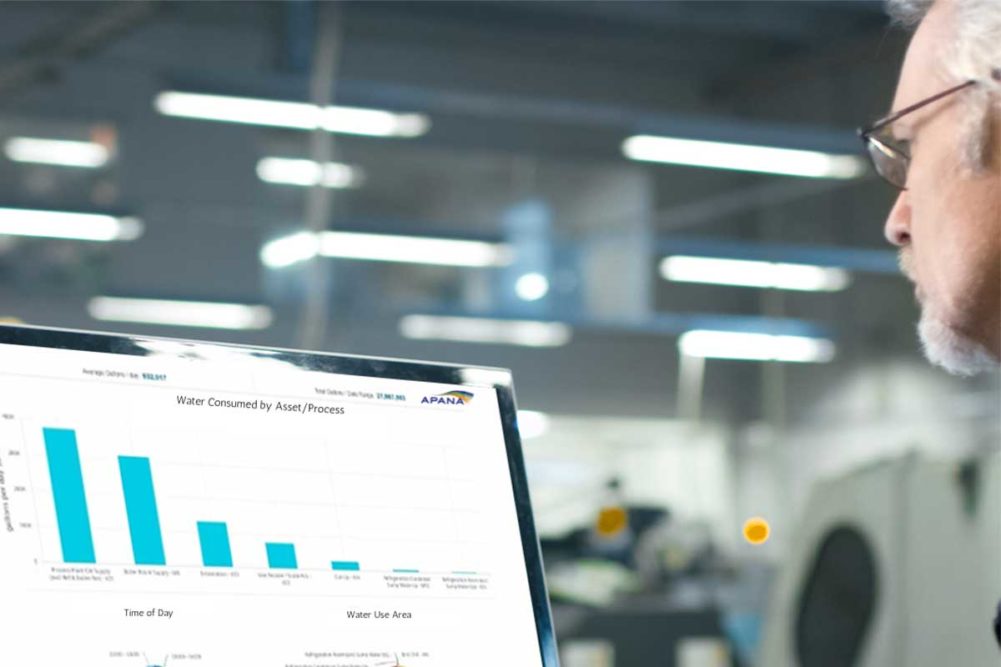Improving and maintaining good air quality in a bakery keeps not only food safe, but workers protected and more comfortable. Bakeries have several ways to achieve their air quality goals with filtration, increased pressurization and good maintenance practices among them.
“First you have to understand, why do I need to clean and to what standard of clean do I need to meet because the risks are very different,” said Karl Thorson, global food safety and sanitation manager, General Mills, Minneapolis. “It could be I’m worried about allergens, I’m worried about pathogens, I’m worried about spoilage organisms, I’m worried about air quality for my employees. There’s a lot of reasons we need to clean and maintain to a certain standard. It could be product related. We see issues with spoilage of our product. We don’t want to have moldy bread or issues in our space.”
Bakeries filter and pressurize the air coming into their facilities to keep out mold spores, insects and other contaminants. Despite the best of efforts, however, these impurities sometimes get in.
“Mold spores are one of the main particulates to keep out of a bakery as they affect shelf life and product quality,” said Mike Anderson, sales manager, Air Management Technologies. “Mold spores mostly enter a bakery through unfiltered outside air openings, relief openings or doors, dock doors, windows, crevices and cracks in the building.”
Combatting these issues means figuring out if an air quality problem exists, determining what’s causing it and then seeking out the best solutions.
Identifying problems with dust or flour is not difficult as it likely will be found all around the bakery.
“There’s going to be visible haze, dust accumulation,” said Frank Cea, vice president, engagement, RoboVent. “You’re going to see it in the return air vents. You’re going to see dust clouds in certain production areas, and you’re going to see it accumulating in silo filling areas, bulk ingredient transport and mixing/blending stations. It’s just going to be everywhere.”
Controlling dust in facilities can take many forms, said Alysha Yinger, director of engineering, RoboVent, but figuring out a way to eliminate the dust cloud would be the first step when trying to correct the problem.
“If you’re pouring your flour from high distances or you’re allowing it to plume and create that dust cloud, obviously that’s not going to be ideal if you want to control your dust problem. You can fix those processes to create less dust,” she said. “We like to take a holistic approach of how to look at a facility. But if there is the ability to eliminate the source of your dust problem, that’s always the first route to go.”
And if you can’t eliminate the problem, bakeries must turn to engineering a solution. Enclosing an area where flour or dust clouds are created is a good place to begin.
“If you’re enclosing a conveyor, you’re going to be partially eliminating that dust control problem around the area of that enclosure, but now you need to deal with the dust problem inside the enclosure,” Ms. Yinger said. “Then it would be a two-phase approach. First, let’s enclose it; then let’s extract it from that enclosure to make sure you’re not building up dust clouds there.”
After that, bakeries may turn to cleaning crews to help with the problem as well.
“You’re going to ensure that you are cleaning around the area, that you have processes in place to ensure that none of that particulate is gathering on surfaces,” she added. “It might take a little bit of a different look about how you’re going to approach it.”
Maintaining the units that pump air from outside the bakery is important, but they can often pose challenges as they may not be easily accessible.
“Is there an air intake or a cooling unit or something, and how are we doing preventative maintenance and then also cleaning and maintaining that appropriately?” Mr. Thorson asked. “Because sometimes those are not the cleanest spaces. They might be up on the roof. They might be up in another room that’s not maintained quite at the level of cleanliness that your regular processing air is.”
This article is an excerpt from the August 2022 issue of Baking & Snack. To read the entire feature on Sustainability, click here.





